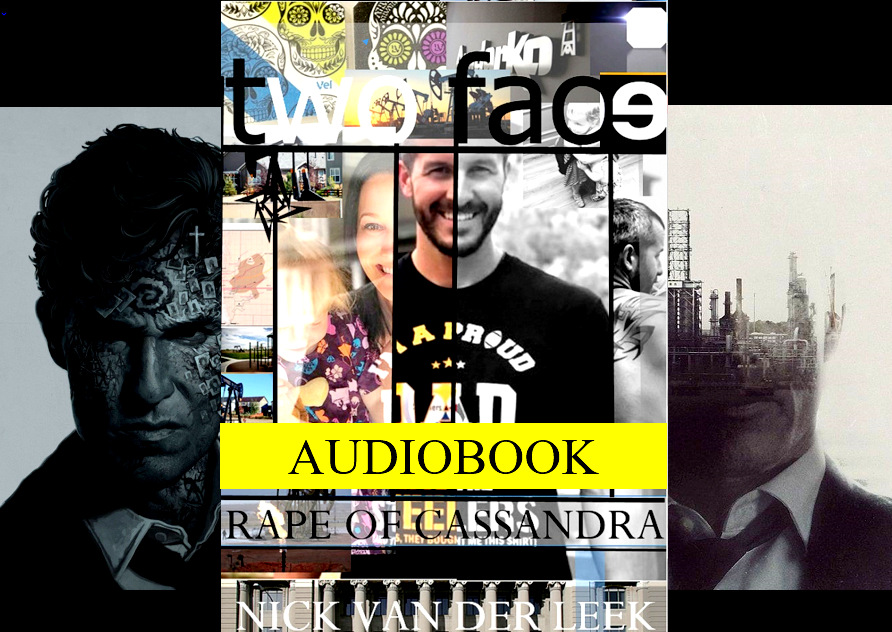Google the words Van Gogh Gun and you’ll get these results:
Van Gogh’s possible suicide weapon to go under the hammer – CNN [April 2019]
Gun Possibly Used by Van Gogh to Kill Himself Up for Auction – New York Times [April 2019]
‘The most infamous gun in the history of art’ that Vincent Van Gogh is believed to have used to kill himself goes under the hammer for £50,000 – Daily Mail [April 2019]
The gun Van Gogh may have used to kill himself is coming under the hammer – Dutch News [April 2019]
Van Gogh gun: The revolver painter is thought to have shot himself with set to be sold at auction – EuroNews [April 2019]
The Gun that May Have Killed Vincent van Gogh Will Go to Auction – HyperAllergic [April 2019]
Van Gogh’s possible suicide weapon to go up for auction in Paris – whnt [April 2019]
What lies behind the auction of Van Gogh’s gun? – The Art Newspaper [April 2019]
Paris auction house to sell the gun that killed Vincent Van Gogh – Just Collection [April 2019]
The Revolver That Killed Vincent van Gogh Is Going Up for Auction This Summer – Artnet
Of the ten results cited above, seven refer to the word “possible” or that the weapon is “believed to be” or “thought to have [been used]”. The two stories highlighted at the bottom are more definitive. The gun that killed Van Gogh is to be auctioned. Unsurprisingly, these definitive statements are made by two websites that trade in art auctions and art auction coverage. They’re the one’s trying to talk up the auction and the object to be auctioned because there is a treasure to be made if someone takes the bait.
The Van Gogh Museum is another supporter of this theory, noting in their catalogue that “there is a strong possibility that he used it in his suicide attempt”.
To reiterate, if the gun is authentic, it will fetch a handy fortune when it goes on auction in Paris on June 19th. If it’s a fake, it may attract little if any interest, in fact, it may not even be auctioned off at all. Who decides whether the weapon is the genuine article or not? Well, it depends who you ask. If most people decide it’s the actual gun, doesn’t that make it reality?
Interestingly, many of the stories above take it as fact that whether the weapon is the real thing or not, Van Gogh killed himself. The Van Gogh Museum also takes on this narrative as beyond dispute. Yet even this aspect has recently been disputed. There is a growing chorus who claim Van Gogh was either killed accidentally or murdered by one of several handy suspects. In the 2018 Oscar-nominated film At Eternity’s Gate starring Willem Dafoe as Van Gogh, the shooting is dramatized not as a suicide but as a scuffle with local youths.

 That should tell you something about the state of the mainstream suicide narrative – it’s no longer mainstream!
That should tell you something about the state of the mainstream suicide narrative – it’s no longer mainstream!
It makes sense to talk up the rusty relic as the real thing. Everybody wins. If it’s real, someone gets very rich and a lot of people get to talk about it. If it’s not real, well, it’s all a bit of bore really, isn’t it? The same applies to a lot of Van Gogh’s art, sketches and writing. Many of his works are repeatedly argued as authentic, and if the argument eventually sticks, someone becomes an instant millionaire. So there is a lot of incentive to turn straw into gold, to argue the case for objects as being authentic. Who is rewarded, who earns anything by arguing the opposite? All it really takes is a handy expert to give the thumbs up at the right time, to the right people, and for the media to do the rest.
KA-CHING!
In the same way, Van Gogh’s madness, ear cutting and suicide are stories that make Van Gogh’s art worth more than almost every other artist in human history. It makes the museum relevant. As such there’s an incentive to keep these stories alive. The madness, the self-inflicted ear cutting and the suicide all hold with one another, don’t they? It all adds up to a struggle making Van Gogh’s art seem worth more than it otherwise would be.
The problem is, if one undertakes a true crime analysis, it turns out there is strong reason to doubt not one, but all three narratives: the ear cutting wasn’t self-inflicted, Van Gogh wasn’t mad or depressed [poor and troubled, yes] and on the day of his death why would he go out to paint with his equipment and then commit suicide? Why not just commit suicide? Why was the gun lost and why did the painting equipment disappear if he simply shot himself somewhere and botched the job? Why, after suffering the wound did he ask doctors to remove the bullet from his stomach? Dr. Paul Gachet was his doctor. When he asked his doctor to come to his aid, why didn’t he?
Also, Van Gogh had just made a large order of paint and canvasses from his brother. This indicates the artist meant to continue his work. If he was painting more than ever, a picture a day in July, where is his suicidal impulse in all of that?
https://youtu.be/CgV9LbI6RuI
If we are to debate the question seriously, we must hold up a motive for the man to murder himself against the motive of some other man to murder him. Which one is the most convincing? I have done extensive research into this question, and expected to find the popular narrative to be the most likely story. But it’s not.
The more likely story would probably devalue the work of the world’s most famous and expensive artist in the minds of many, just as a forensic audit of the weapon would likely devalue the relic as “possibly” related to Van Gogh’s fatal gunshot wound, but probably not.
Curiously, the gun itself was “found” in the 1960’s, after Van Gogh became famous. And now the object auctioneers describe as “the most famous weapon in art history” is worth a fortune. A little serendipitous, wouldn’t you say?











Leave a Reply